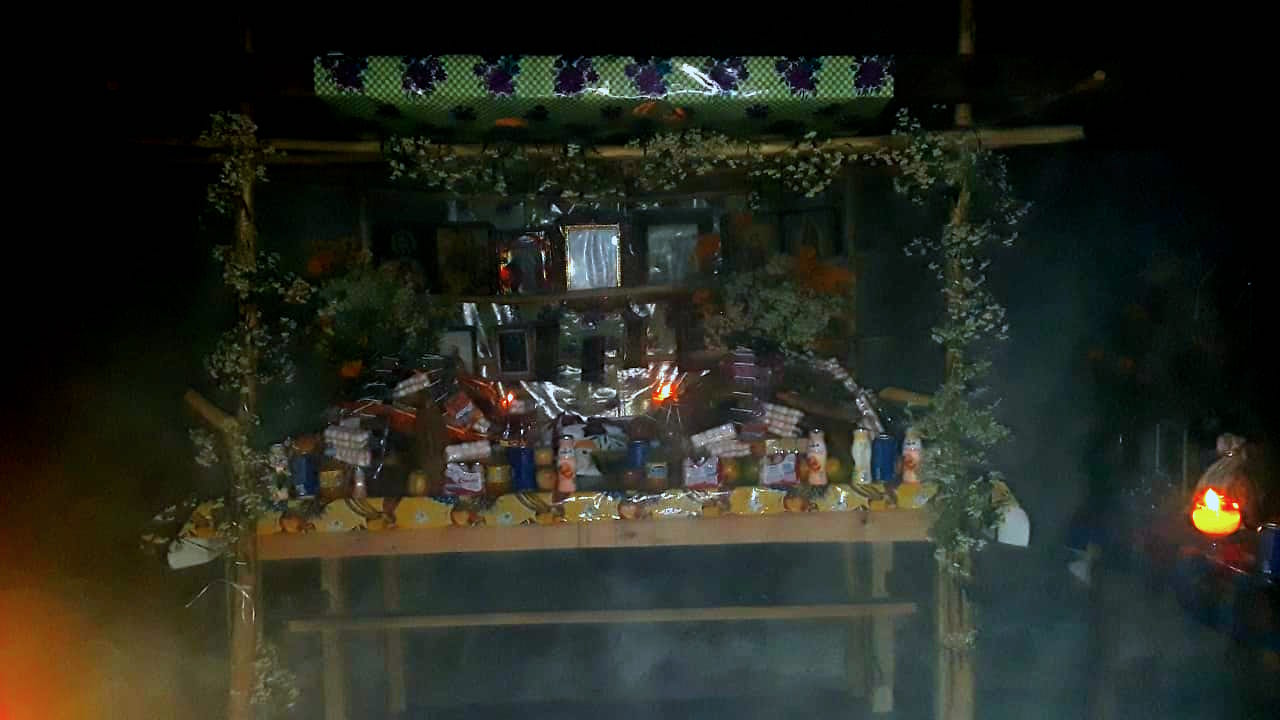Copal. Purifying and sustainable aroma
Copal is a must for the Day of the Dead, as it is believed that the aroma will guide the spirit to its altar. The community of San Miguel Mininaltepec in Oaxaca is working to make the sale of this non-timber forest product profitable and benefit the family economy.





